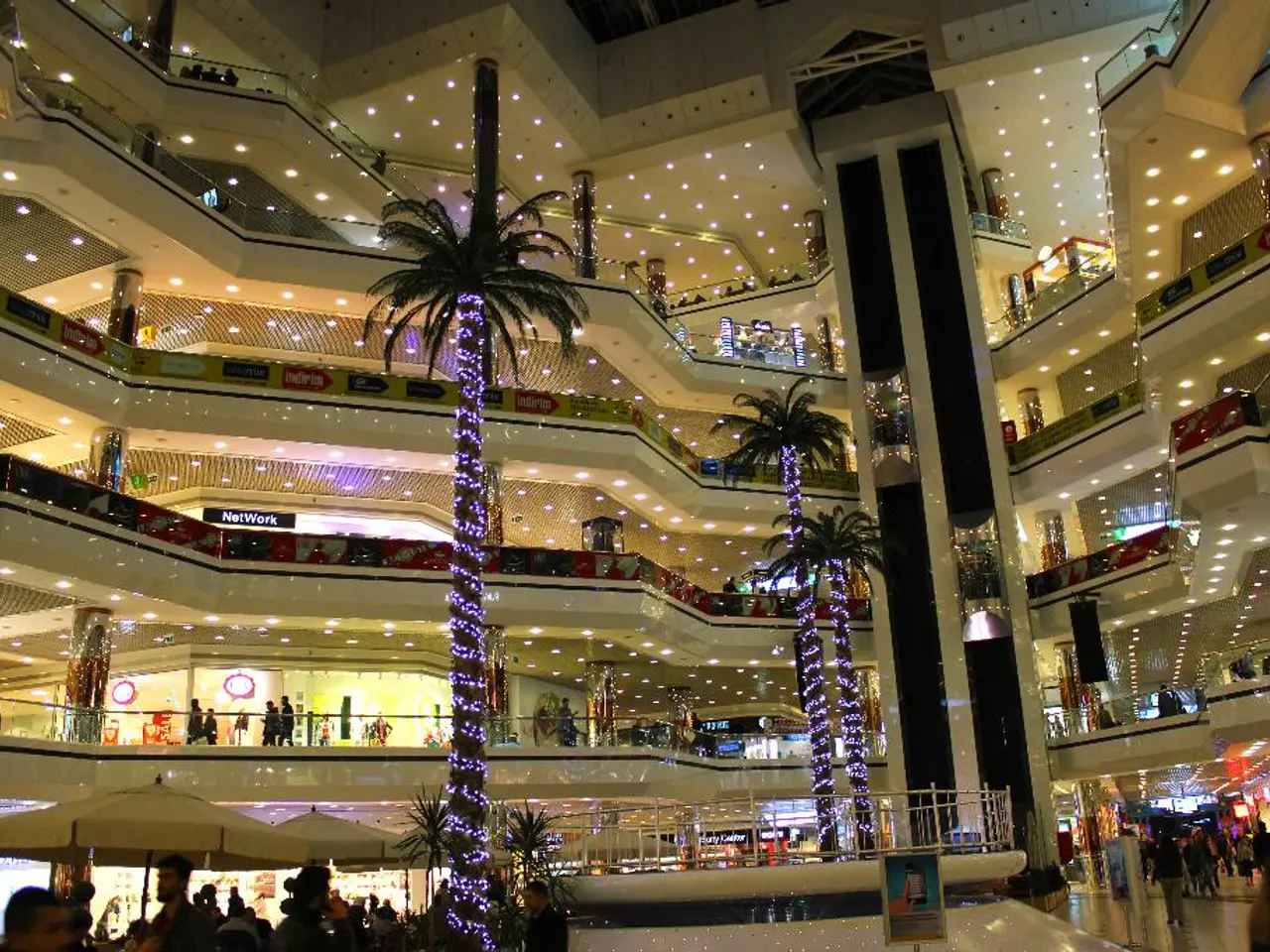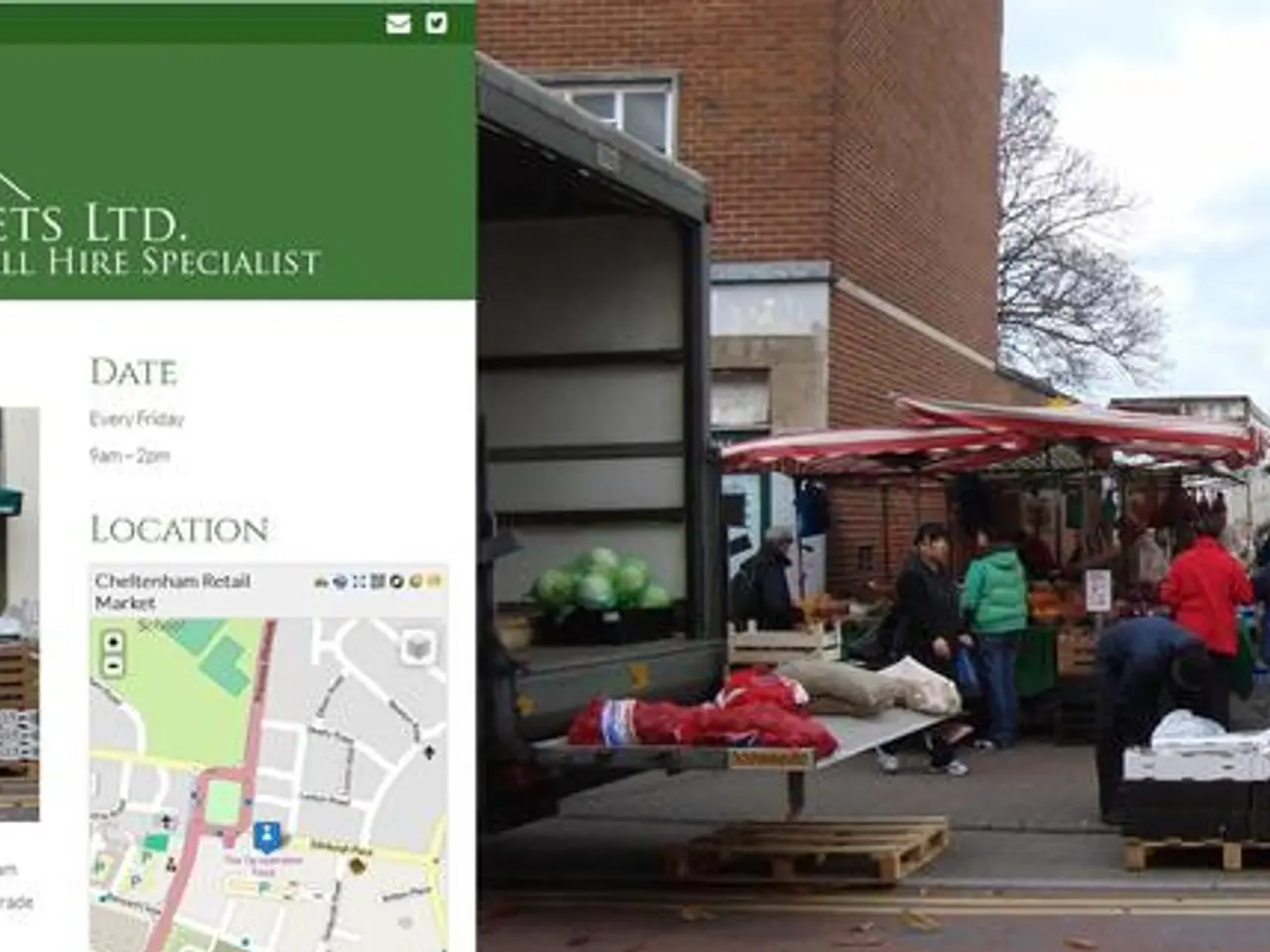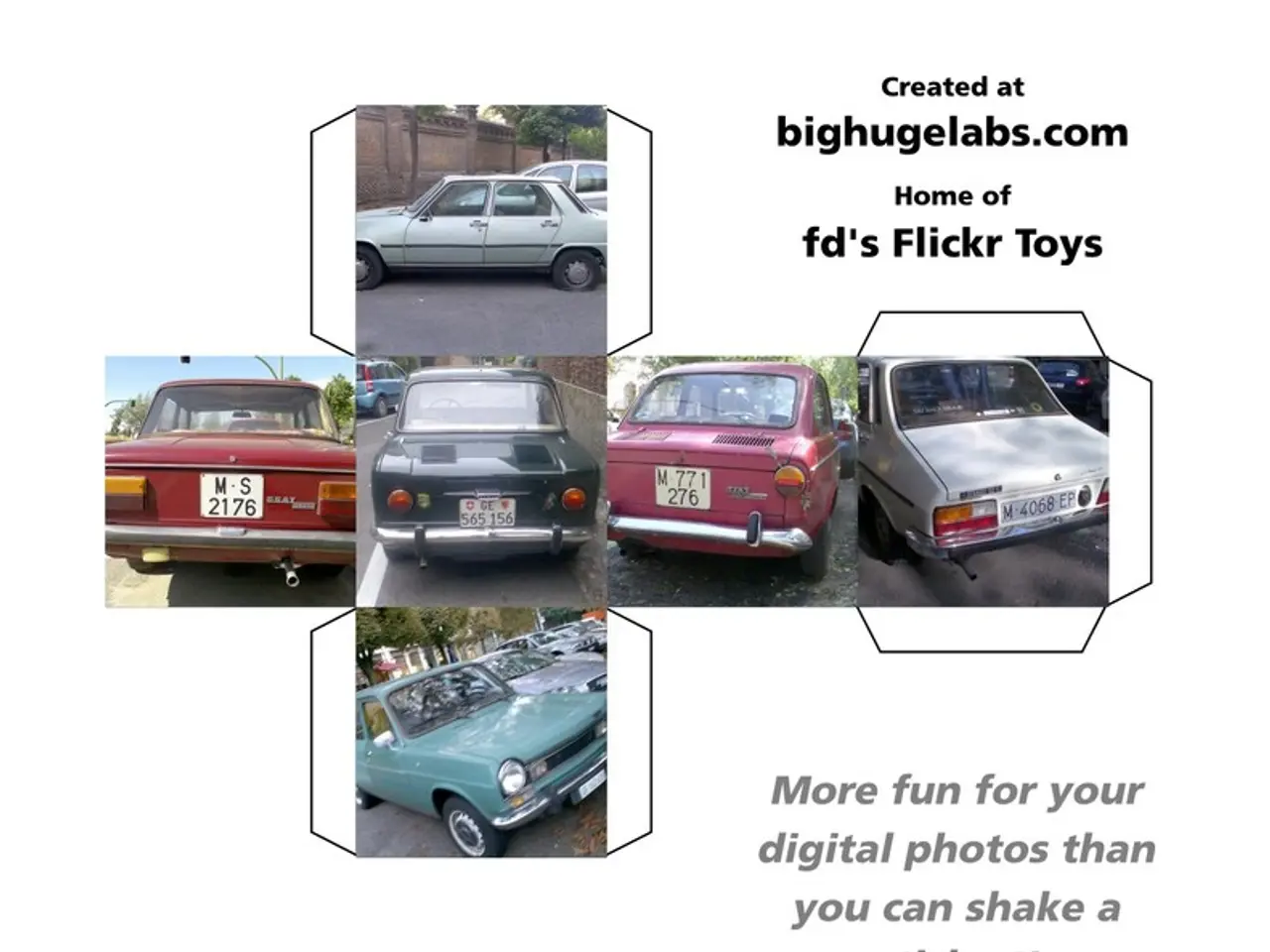Wide-Area Monitoring of Remote Assets in Logistics through LoRaWAN - A Useful Device for Enhanced Supervision and Management
In the dynamic world of logistics, efficiency and cost-effectiveness are key. Enter LoRaWAN, a technology that's making waves in the industry by offering a unique blend of reach, efficiency, and cost-effectiveness.
Originating from Cycleo in 2009 and commercialized by Semtech Corporation in 2012, LoRaWAN is a remote asset monitoring technology designed for long-range, low-power communication. It's particularly useful in scenarios where traditional wireless networks often struggle to deliver at scale.
LoRaWAN's gateways can capture signals from 5-10 kilometers in open environments, or hundreds of meters indoors, making it ideal for yards, ports, and regional depots. In areas without public gateways, companies may need to deploy their own LoRaWAN network infrastructure.
For logistics operators with large footprints, private LoRaWAN deployments are common, offering more control and data ownership. In the case of over-the-road shipments, small battery-powered LoRaWAN trackers can transmit periodic location and environmental data, offering visibility without relying on expensive satellite or cellular connectivity.
Practical use cases for LoRaWAN in logistics include remote asset monitoring for over-the-road shipments, particularly in cold chain logistics, where small battery-powered trackers transmit location and environmental data without relying on expensive satellite or cellular networks. LoRaWAN is also well-suited for large outdoor logistics environments such as shipping yards and intermodal facilities.
By enhancing supply chain visibility, LoRaWAN allows for monitoring asset locations to ensure timely deliveries, reduce losses, and optimize routes, thereby improving operational efficiency. Its ability to cover wide areas with few base stations at low infrastructure cost makes it ideal for large distributed supply chains and hard-to-reach regions.
Inside large distribution centers, LoRaWAN can support predictive maintenance alerts, battery status monitoring of material handling equipment, and environmental condition sensing. Devices operating on LoRaWAN can run for 5-10 years on a single battery, depending on transmission frequency and payload size.
While LoRaWAN offers numerous benefits, it's important to note that its latency and throughput are limited. It's not appropriate for video, voice, or high-frequency sensor streaming. End-to-end encryption is available in LoRaWAN, but isn't always enforced by default.
LoRaWAN operates on ISM bands, avoiding licensing costs and dependencies associated with mobile networks. Sensors can be used for trailer occupancy and movement tracking, dwell time tracking, temperature or door status monitoring for refrigerated units in logistics yards.
In terms of cost, LoRaWAN sensors and service costs are significantly lower compared to cellular, especially when scaled across thousands of units. Data can be integrated with WMS and TMS systems, condition monitoring dashboards, and AI-powered analytics for operational tools.
In summary, LoRaWAN is a game-changer in logistics, offering a cost-effective solution for wide-area asset monitoring. Its long-range, low-power capabilities, coupled with its ability to run on batteries for years, make it an ideal choice for remote or mobile assets with limited power availability, sparse or intermittent data transmission needs, and wide-area coverage requirements.
Technology in sports can greatly benefit from the adoption of LoRaWAN, as it can provide real-time data on player's equipment and environmental conditions during training or competitions, improving performance analysis and reducing injuries.
Weather conditions can also be monitored using LoRaWAN sensors, ensuring the safety and efficiency of sports events by providing updates on wind speed, temperature, and precipitation levels.




